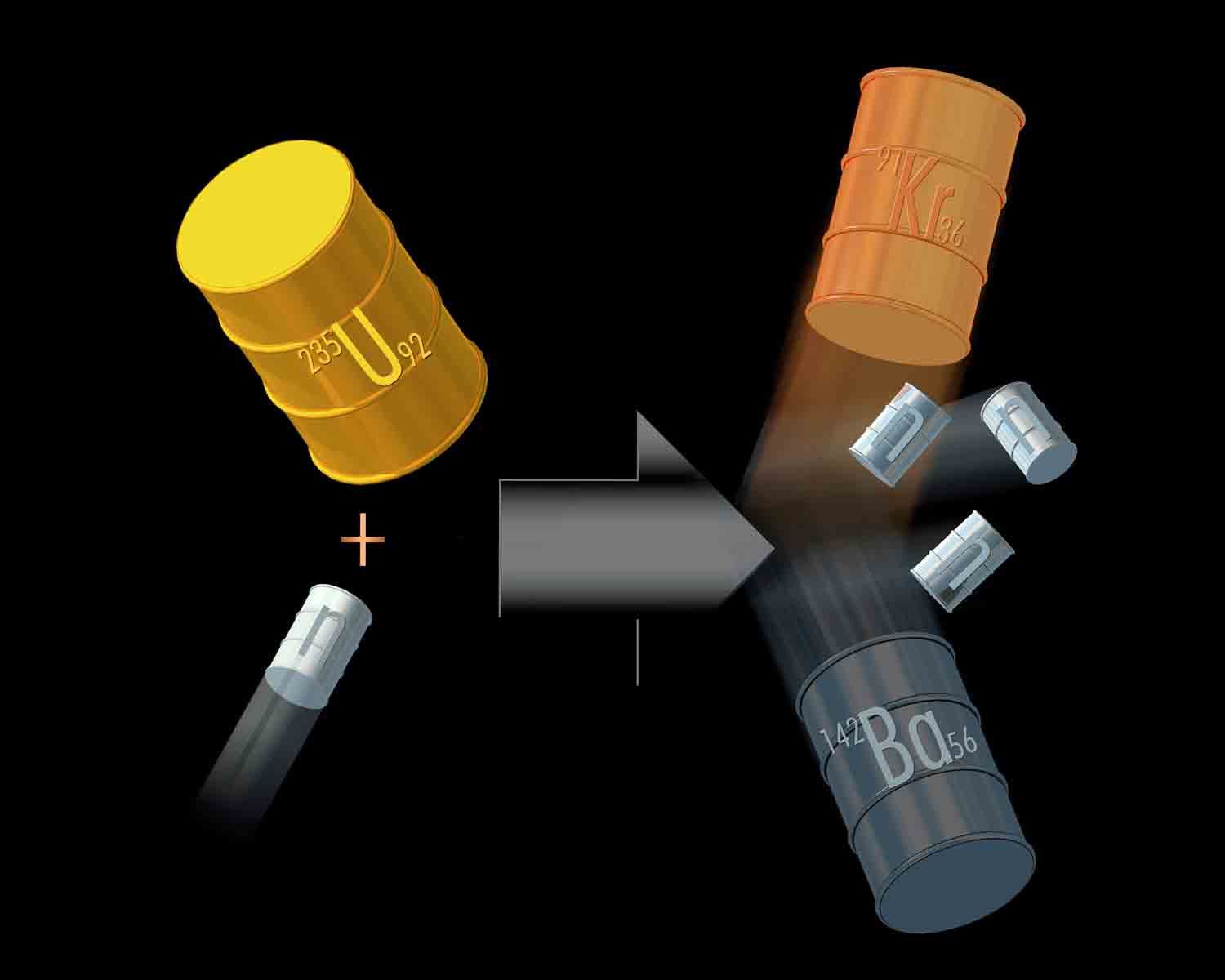THE STANDARD MODEL OF MATTER: TRIBUTE TO THE 20TH CENTURY
Sofia Imber Museum of Contemporary Art, Caracas, Venezuela
July, 1999
"Finally here is my black cape. What do I do with it? Dead friends, alive forever, illuminate me! We are going to cover everything with it. It will be like the beginning of the world. There is no one here now to lis-ten to us. Only a silent music. You and I to respond to that silence. The lights of the land begin to fade. All is without color and without sound." – Rolando Peña
Rolando Peña
By Sofía Imber (Founding Director of the Museum of Contemporary Art Sofía Imber)
Caracas, 1999
In the origins of Venezuelan conceptual art, Rolando Peña became an outstanding figure that focussed both the strength of the pioneer and the polemic of the transgressor. His happenings and performances at the beginning of the 60s are part today of a history that still displays its own challenges. Since then, he has not stopped experimenting with new languages, always incorporating personal thoughts about the most relevant symbolic elements that identity his country, from Santerías to the oil iconography. A central interest has been the theme of oil as a loaded statement of a questioned nationally, developing it as an emblem with total freedom in the usage of techniques and media. The oil drum acquires an allegoric connotation that, re-solved either in labyrinths or spirals, transcends its own materiality. it becomes a ritual code, a sort of fin-de-siècle fetish, when the expansion of conceptual art accepts all kinds of associations.
The Standard Model of Matter
by Claudio Mendoza (Astrophysicist Head of the Physics Center, IVIC)
Paris, July 1997
The almost complete understanding of the fundamental building blocks of matter and their interactions, a model referred to as the standard model of matter, is without doubt one of the greatest scientific achievements of the 20th century. The initial idea that matter was composed of basic units, that is of "atoms", was first proposed by the Greek thinkers (Leucippus, Democritus, Epicure and Lucretius). After two and a half millennia and a never-ending opening of Russian matryoshka dolls by the most gifted human minds - with definitive theoretical and experimental verifications only being completed in the last few years (in the middle 1990s to be precise) - atomism reigns as the sovereign paradigm of the physical sciences. The standard model is perhaps the main collective present of the current era to the future.
…
After Darkness
by Fernando Castro Flórez (Doctor of Philosophy, International Curator of Contemporary Art)
Madrid, 1999
Studies concerning the resistance of materials date back to the construction of the great dome of Santa Maria dei Fiori, in Florence, by Brunelleschi. Galileo studied the resistance of beams and ropes in a thorough manner in his Discorsi. It was assumed that the resistance of steel made it an almost indefatigable material: "But a series of railroad disasters (such as the impressive one — for the times — on the Paris-Versailles route in 1842), began to pave the way to the suspicion that vibrations and movements (not as regular as would be desired} to which the different parts of the machinery were constantly subjected, led to true metal fatigue" [2] The dream of technical dominance over nature appeared to dissipate. But that fatigue was the detonator for work on materials resistance that opened the path to cybernetics: the acknowledgement that fatigue curves were analogous to those observed in animals and in man, produced by muscular force. There is a surge of ecstasy when the jungle, labyrinth, and network flow together: the network of synergies that transforms certain levels into others. [3]
…











